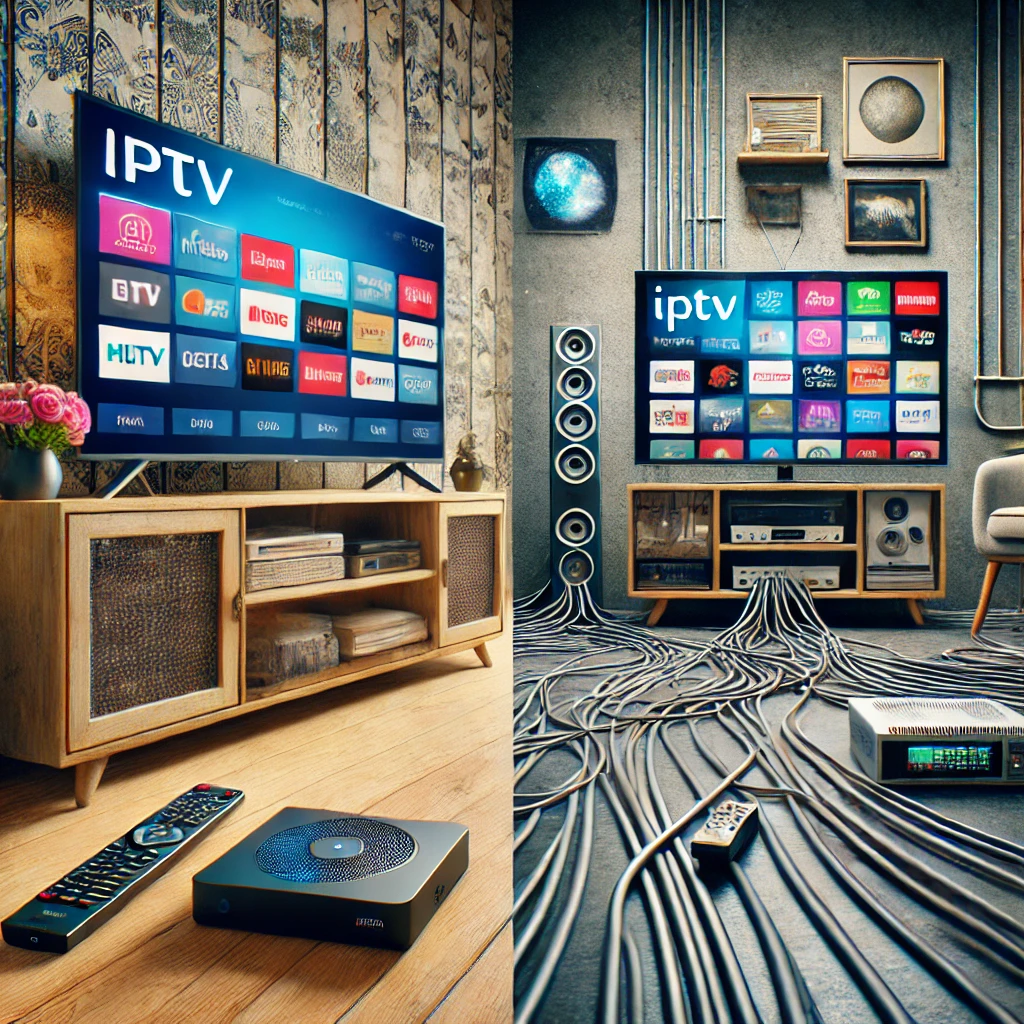With the rapid evolution of digital entertainment, many consumers are contemplating whether to stick with traditional cable TV or switch to Internet Protocol Television (IPTV). Both options come with their unique benefits, but when it comes to value for money, IPTV is quickly emerging as the superior choice. In this comparison, we will explore the differences between IPTV and cable TV to help you determine which one provides the best return on investment.
1. Cost Efficiency
One of the primary concerns when selecting a TV service is the cost. Traditional cable TV usually involves expensive packages, installation fees, and hidden charges. In contrast, IPTV services are generally more affordable, with flexible subscription plans that cater to different budgets. Additionally, IPTV eliminates the need for physical cable infrastructure, further reducing costs.
For example, if you are looking for IPTV Telugu channels, you can find affordable packages that cater specifically to regional content, eliminating the need to pay for unnecessary channels.
2. Channel Selection and Customization
Cable TV providers offer bundled packages that may include many channels that subscribers never watch. IPTV, on the other hand, allows users to select specific channels or content that align with their interests. Whether you prefer sports, entertainment, or regional content, IPTV offers a more tailored experience.
If you are an expatriate looking for Tamil TV channels in USA, IPTV services provide an extensive selection of regional channels, ensuring you stay connected with your culture and language.
3. Quality of Service and Content Delivery
Traditional cable TV relies on satellite and wired connections, which can be affected by weather conditions and signal interruptions. IPTV, on the other hand, streams content through a stable internet connection, ensuring seamless playback with minimal disruptions. Many IPTV providers also offer HD and 4K streaming, something that cable services often fail to deliver without additional charges.
4. Flexibility and Multi-Device Support
Cable TV services require a fixed setup with set-top boxes, limiting accessibility. IPTV allows users to stream content on multiple devices, including smartphones, tablets, smart TVs, and laptops. This flexibility ensures that users can watch their favorite shows anywhere, at any time, without being tied to a television set.
5. On-Demand and DVR Features
IPTV surpasses cable TV when it comes to on-demand content. Unlike cable, which follows a fixed broadcasting schedule, IPTV provides users with the freedom to watch shows and movies whenever they want. Many IPTV services also offer cloud-based DVR options, allowing users to record and store content for later viewing.
6. Fewer Advertisements
Cable TV subscribers often face long commercial breaks, which can be frustrating. IPTV services typically have fewer advertisements, and some even offer ad-free experiences, enhancing the overall viewing experience.
7. Reliability and Performance
While IPTV is dependent on a strong internet connection, it generally provides a more consistent and high-quality experience compared to cable TV, which can suffer from transmission issues. With fiber-optic and high-speed internet becoming more accessible, IPTV reliability continues to improve significantly.
Final Verdict: Which One Offers Better Value?
When comparing IPTV and cable TV, IPTV clearly provides more value for money due to its cost-effectiveness, flexibility, high-quality streaming, and customization options. While cable TV still has its place for users who prefer traditional setups, IPTV is the better option for modern viewers looking for an affordable and versatile entertainment solution.
If you want access to international or regional content like IPTV Telugu channels or Tamil TV channels in the USA, IPTV is undoubtedly the best choice. As technology continues to advance, IPTV is shaping the future of home entertainment, making cable TV a less attractive option for many consumers.



